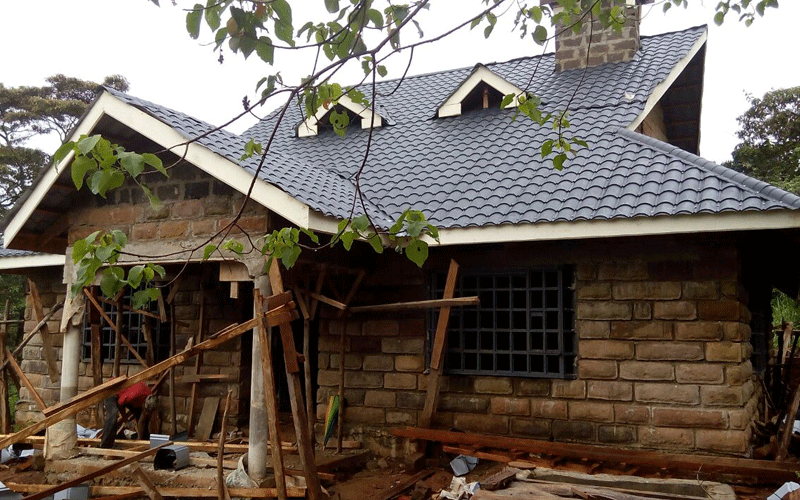New law to push home ownership
By Steve Umidha, November 12, 2020Steve Umidha @UmidhaSteve
Homeownership continues to elude most Kenyans especially millennials, singles and those below the age of 40 years.
This is informed by a raft of economic disadvantages as well as personal preferences explaining why this populous generation in Kenya’s history lags behind compared to their parents and grandparents.
Experts say the gazettement of amended mortgage loan regulations is set to unlock more home-ownership opportunities for singles and married couples and create a pool of ready cash for developers to help fix Kenya’s housing gap.
Mizizi Africa Homes Chief Executive George Mburu says a rigid mortgage market battered on several fronts – and now harangued by the pandemic – Kenya’s slow economic growth and surging employment will lead to a further dip to the homeownership rates.
However, he feels, there is hope with the new law having been gazetted.
Bridge housing gap
“This condition offers a window of relief to couples especially those with low earnings joining homeownership much earlier through a combined effort and could significantly accelerate efforts of bridging the housing gap by challenging developers to meet a rising demand for houses,” he said.
Tim Kipchumba, a real estate developer at Questworks Limited says owing to the fact that millennials are wedding late, the demand for homeownership is going down.
“These are just obvious factors that have contributed to the low homeownership rate in this country compared to other countries,” says Kipchumba.
Available statistics by the Kenya National Bureau of Statistics (KNBS) of 2019 on Kenya Population and Housing Census (KPHC), shows that a staggering 78.7 per cent of Kenyans residing in urban setups are staying in rented houses compared to 21.3 per cent who own homes.
Further, 80.6 per cent of the homes owened were own-constructed while 10.2 per cent were purchased, and 9.1 per cent were inherited.
According to the Retirement Benefits (Mortgage Loans) (Amendment) Regulation, 2020, where a member and the member’s spouse are both members of the same scheme or different schemes, the trustees shall prescribe in the scheme rules the manner in which the member and member’s spouse may combine their accrued benefits and utilise the total amount for the purchase of a residential house.
The amended regulation has pegged the proportion available for the purchase of a residential house at the time of the application to a low of 40 per cent of the member’s accumulated benefit subject to a maximum of Sh7 million or the purchase price of the house.
Annual house demand
Similarly, it allows an applicant who is a member of more than one scheme that have been established by the same sponsor, the trustees shall, on the option of the member, combine the member’s accrued benefits in determining the proportion available to the member.
Kenya has an annual housing demand of 250,000 units with an estimated supply of 50,000 units, culminating in a housing deficit of 2 million units, or 80 per cent deficit.
Housing affordability is a challenge in Kenya with many people unable to afford, buy or build their own home.
In making housing one of his economic pillars, President Uhuru Kenyatta hoped to change the fact that most Kenyans didn’t own a home, and that the country had fewer than 500,000 residential mortgages – possibly as few as 200,000. By December 2017, there were 26,178 residential mortgages in Kenya.
More Articles

